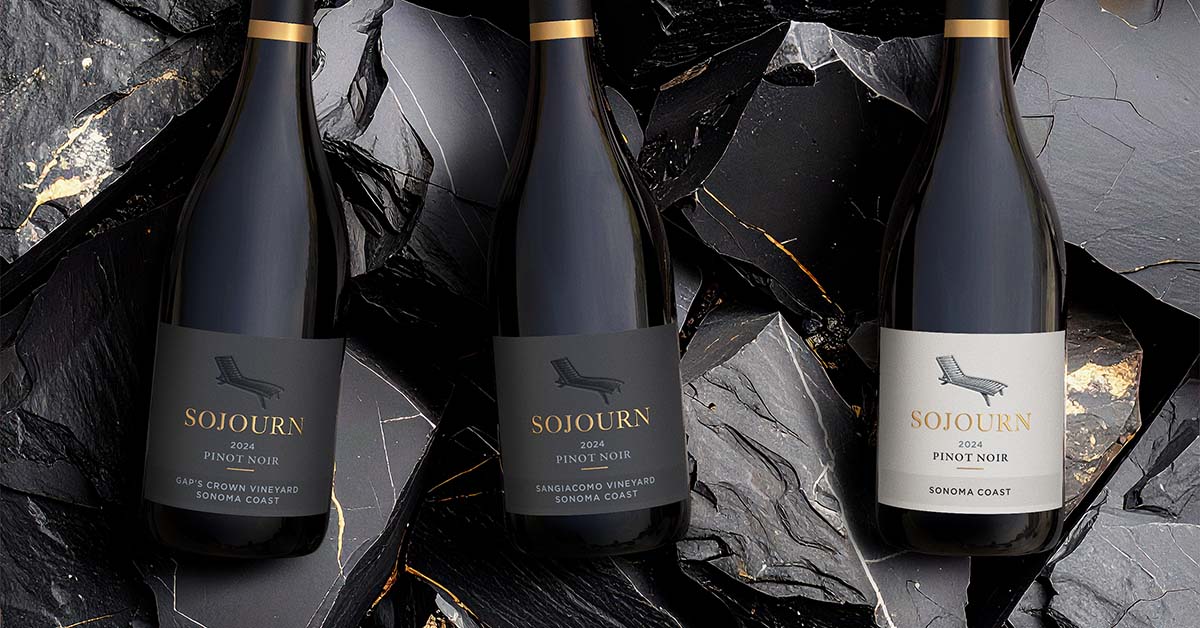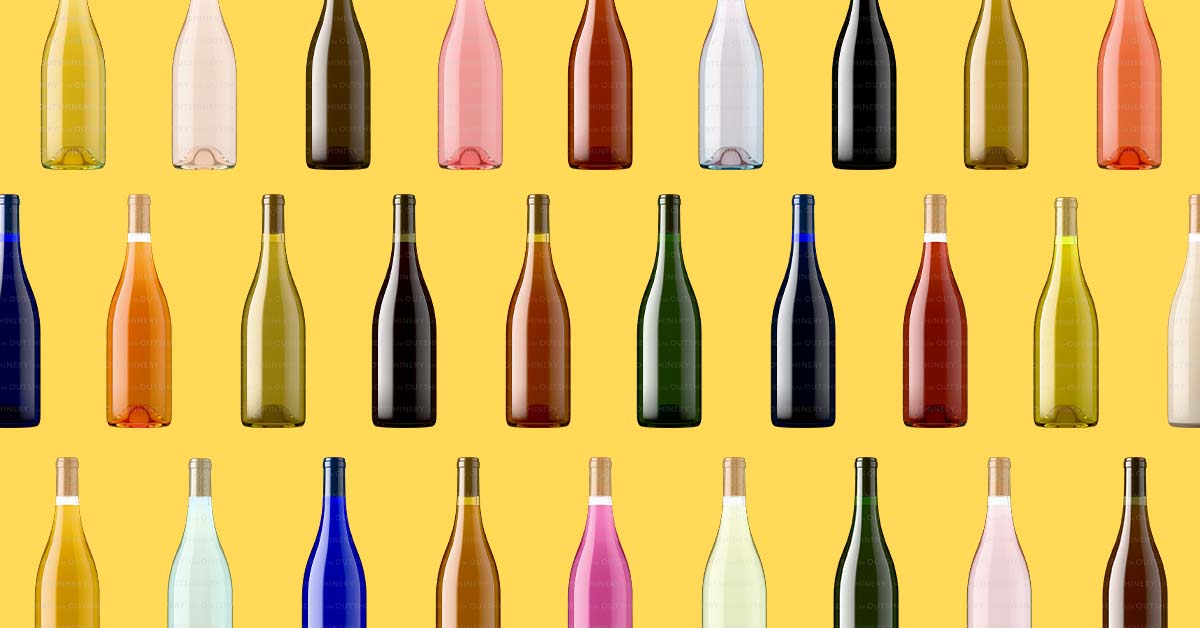The intricacies of booze bottle sizes and the importance of professional bottle shots
Discover how optimal bottle size and high-quality product photos can take your beverage business to the next level

In the world of wine and spirits, not all bottles are created equal. They come in a range of sizes, shapes, and styles, each with their own unique story. As a professional in the industry, understanding these nuances can help you showcase your products more effectively.
In this article, we'll delve into the fascinating world of booze bottle sizes, and explore why high-quality product photography is crucial in making your bottles stand out.
Key takeaways:
- Understand the science behind alcohol bottle sizing and its impact on quality perception and sales.
- Learn why professional bottle shots are crucial for branding and marketing purposes.
- Discover how the right bottle size and high-quality images can enhance your customer experience and boost business success.
- Gain insights into how optimal bottle size can influence consumer choice and buying behavior.
- Explore the role of professional bottle shots in creating a compelling online presence and driving ecommerce sales.
A quick guide to wine and alcohol bottle sizes
The standard size for a bottle of wine is 750 milliliters, roughly equivalent to 25.4 ounces or five glasses of wine. However, several other sizes exist, from smaller Piccolo or Split (187.5 ml) to larger Magnum (1.5 liters), Jeroboam (3 liters), and beyond. The largest recognized wine bottle size is the Melchizedek, which holds a staggering 30 liters of wine!
Spirits, or drinks such as vodka, whiskey, and rum, typically come in three standard sizes: 750 ml, 1 liter, and 1.75 liters. But much like wine, they too come in a variety of unique sizes.
The decision to use different bottle sizes isn't arbitrary. It often reflects the brand's marketing strategy, target audience, and product positioning. Some companies choose larger, more impressive bottles to convey prestige and luxury, while others opt for smaller sizes for convenience and affordability.
There's also a growing trend towards special occasions and unusual bottle sizes and designs, offering a unique, memorable experience for consumers. For vodka for instance, some exclusive collections feature slender, tall bottles for a more elegant appearance, while others use wider, shorter bottles for a more robust impression.
The regulation of alcohol bottle sizes
In the world of alcohol, the creative freedom with bottle sizes is not without boundaries. Indeed, there are legal regulations that dictate the size of alcohol bottles, particularly in the United States and Europe. These regulations were established to maintain standards in the industry, facilitate fair competition, control, and ensure consumer protection.
In the United States, the Alcohol and Tobacco Tax and Trade Bureau (TTB) enforces strict standard bottle sizes for wine and spirits. For example, spirit producers are required to use one common liquor bottle sizes out of nine approved sizes, ranging from 50 milliliters to 1.75 liters. Non-standard sizes are not permitted unless explicitly approved by the TTB. Similarly, the European Union has its own set of standard sizes for wine and spirits, enforced by the European Commission.
These regulations mean that brands must carefully consider their bottle sizes within the stipulated standards. While there is room for creativity and differentiation within these guidelines, compliance with regulations is crucial. This process ensures accuracy in labeling, prevents misleading marketing practices, and generally contributes to a more transparent and fair marketplace for all.
What are the different alcohol bottle sizes?
The diverse range of alcohol bottle sizes caters to varying consumer needs, which vary from those looking for a single serving to those planning a large event. Let us explore these different types and variants, focusing on wine, beer, liquor, and ready-to-drink beverages.
Wine bottles
Apart from the standard 750 ml bottle, wine comes in several other sizes. Smaller formats include the Split (187.5 ml), equivalent to a quarter of a standard bottle, and the Half or Demi (375 ml). Larger sizes encompass the Magnum (1.5 liters), Jeroboam (3 liters), and Rehoboam (5 liters). For celebrations on a grand scale, there are also gigantic Melchizedek wine bottles, accommodating a whopping 30 liters of wine.
Discover fascinating insights into the different names given to wine bottles in this comprehensive article.

Beer bottles
The beer industry presents its own set of various production standards. Regular beer bottles typically hold 12 ounces (355 ml), while larger formats include the Bomber (22 ounces, 650 ml) and the Beer Growler (64 ounces, 1.89 liters). For special releases, breweries often use 750 ml bottles – the same size as a standard wine bottle.

Liquor bottles
Spirit bottles usually come in three standard sizes: 750 ml, 1 liter, and 1.75 liters. There are three most common size liquor bottle sizes that are also miniatures or 'minis' (50 ml), perfect for single servings or sampler packs, and half pint (200 ml), pint (375 ml), and half gallon (1.75 liters) sizes.

Ready-to-Drink
The ready-to-drink (RTD) industry market, encompassing pre-mixed cocktails, alcoholic seltzers, and other beverages, typically uses smaller, convenient sizes. Most RTD beverages are packaged in single-serving cans or bottles, ranging common size from 200 ml to 500 ml. However, larger formats such as 1 liter or 1.75 liters are also available for party-sized offerings.

In conclusion, the range of alcohol bottle sizes is vast, providing options suitable for all occasions, preferences, and markets. As brands continue to innovate, we can expect to see an even greater variety on the shelves.
The influence of bottle sizes on liquid preservation
The size of a bottle not only influences aesthetic and marketing considerations, but it also has a profound impact on the preservation of the liquid inside. This is particularly significant for wine and spirits, where the quality of the liquid can change over time. Let's navigate through this intriguing aspect of alcohol packaging and its implications.
In general, larger bottles are better for aging wine. This is because the quantity of air, or 'ullage', between the wine and the cork is lesser in relation to the volume of wine, slowing down the oxidation process and thus enabling the wine to age more gradually and potentially reach a better level of maturity.
For spirits, conservation and durability are less impacted by bottle size as these beverages do not evolve after bottling like wine does. However, it is worth noting that larger bottles of spirits can offer a practical advantage when used in bars or restaurants where large quantities are served, reducing the frequency of bottle replacements.
On the sustainability front, opting for larger bottle sizes can contribute to reducing packaging waste, as one large bottle generates less waste than the equivalent volume distributed in several smaller bottles. However, these benefits should be weighed against the additional weight and thus increased carbon footprint of transportation for larger bottles. In the end, the choice of bottle size can be a balancing act between quality, convenience, and environmental impact.
How to photograph bottles, regardless of size!
As we navigate the diverse landscape of booze bottle sizes, one very essential thing becomes undeniably clear: the importance of professional product photography. In an industry where presentation is key, having high-quality, consistent images of your bottles can significantly impact your brand's success.
With the rise of digital marketing and online shopping, consumers increasingly rely on photographs to make purchasing decisions. Poorly lit still shots, inconsistent lighting, or low-resolution images can deter potential customers, while stunning, professional bottle shots can attract and engage them.

Professional product photography goes beyond merely photographing bottles or capturing a picture of a bottle. It's about highlighting the unique characteristics of each product – the color, the shape, the label design, and even the texture of the glass. It's about telling a story, evoking emotions, and creating a connection between the consumer and the product.
This last focus is where Outshinery comes in handy. Our digital photography solutions are designed to capture the essence of your wines and spirits, regardless of their size or shape. With Outshinery, you get consistent, high-quality images that can enhance your online catalog, marketing materials, and overall brand image.
Whether you're showcasing a standard 750 ml wine bottle, a custom large-format Jeroboam, or a uniquely shaped spirit bottle, Outshinery ensures that every picture tells your product's story.
Elevate your brand with Outshinery
In the competitive world of food, wine and spirits, standing out is crucial. Understanding the intricacies of booze bottle sizes can help you better cater to your target audience. And complementing this knowledge with professional product photography can significantly elevate your brand.
Don't let poor-quality images hold back your business. Elevate your brand with Outshinery's professional digital photography services today.
Frequently Asked Questions
Why are bottle sizes important in the alcohol industry?
Bottle sizes matter for several reasons including marketing aesthetics, the preservation of the liquid, practical advantages for establishments serving large quantities, and environmental considerations.
How does bottle size affect wine preservation?
Larger wine bottles are better for aging wine. The quantity of air, or 'ullage', between the wine and the cork is lesser in relation to the volume of wine in larger bottles. This slows down the oxidation process, allowing the wine to age more gradually and potentially reach a better level of maturity.
Are spirits affected by bottle size?
Spirits do not evolve after bottling like wine does, so their quality is generally less affected by bottle size. However, larger bottles can be more practical for bars and restaurants that serve large quantities, as they reduce the frequency of bottle replacements.
What challenges come with photographing large-format bottles and how does Outshinery tackle them?
Large-format bottles pose unique challenges in photography due to their size and shape. Their dimensions can impact lighting setup and require specialized equipment for capturing detailed, high-quality images. Additionally, their weight and size make them difficult to handle during the shoot. Outshinery's digital solutions streamline the process, eliminating the need for physical handling of the bottles, making it efficient and hassle-free.
What is the role of professional product photography in the alcohol industry?
Professional product photography is vital in the alcohol industry because it significantly impacts a brand's success. High-quality, consistent images can attract and engage potential customers, highlighting the unique characteristics of each product and creating an emotional connection between the consumer and the product.
What services does Outshinery offer?
Outshinery offers professional digital photography solutions designed to capture the essence of your wines and spirits, regardless of their size or shape. These high-quality images can enhance your online catalog, marketing materials, and overall brand image.










































